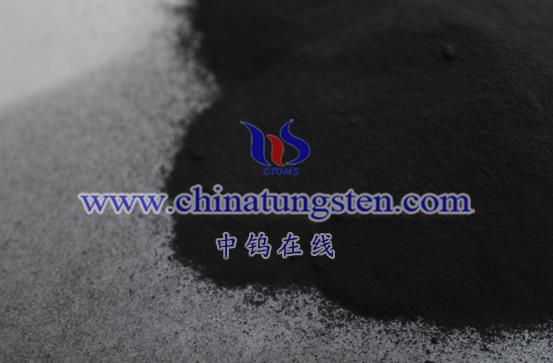Tungsten tetrabromide (WBr4) and tungsten tetrachloride (WCl4) are inorganic compounds with specific chemical structures, which are composed of tungsten atoms and halogen atoms in a certain proportion. The molecular structures of these two compounds are quite complex, involving multiple bonded atoms and bonding patterns. However, they differ significantly in density.
In the molecular structure of tungsten tetrabromide, tungsten atoms are covalently bonded with four bromine atoms to form a tetrahedral structure. The density of this compound is relatively high. The density of tungsten tetrabromide is about 5.9 g/mL, which is relatively high, indicating that the compound has a large mass density. This high density can be attributed to the following factors: First, the bond between the tungsten atom and the bromine atom has a strong ionic character, which increases the bonding energy and thus improves the stability of the compound. Secondly, the molecular structure of tungsten tetrabromide is tetrahedral, which is conducive to the formation of a crystal structure with high symmetry, which further enhances the stability of the compound and thus increases the density.
In contrast, the molecular structure of tungsten tetrachloride (WCl4) also consists of tungsten atoms covalently bonded to four chlorine atoms, forming a tetrahedral structure. However, unlike tungsten tetrabromide, tungsten tetrachloride has a relatively low density of about 3.7 g/mL. This value is relatively low, indicating that the compound has a small mass per unit volume. The reasons for this difference mainly include the following aspects: First, the atomic radius of chlorine atoms is smaller than that of bromine atoms, and the bonding with tungsten atoms is weaker, which makes the molecular volume of tungsten tetrachloride smaller, resulting in Its density is low. Secondly, the bonding between the chlorine atom and the tungsten atom in the molecular structure of tungsten tetrachloride has a certain ionicity, and the electronegativity of the chlorine atom is smaller than that of the bromine atom, which further weakens the bonding energy, resulting in its molecular Smaller size and lower density.
In practical applications, the difference in density between tungsten tetrabromide and tungsten tetrachloride may affect their reactivity and application range in certain chemical reactions. For example, in some chemical reactions that require a larger mass density, we may need to select a compound with a higher density to ensure its stability during the reaction. In some cases where smaller volumes are required, we may be more inclined to choose compounds with lower densities to reduce the volume required for reactants.

More details of tungsten, molybdenum and rare earth news, please visit website: https://www.ctia.com.cn/en/
Please contact CHINATUNGSTEN for inquiry and order of tungsten and molybdenum product:
Email: sales@chinatungsten.com
Tel.: 86 592 5129595






